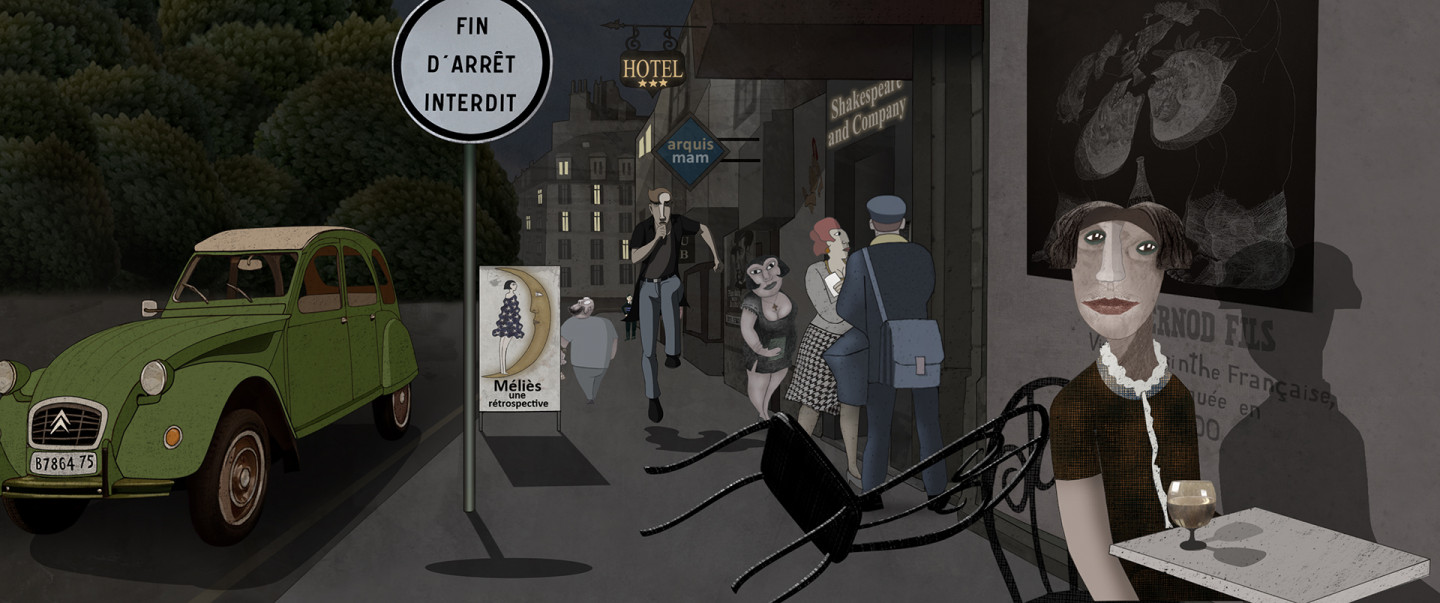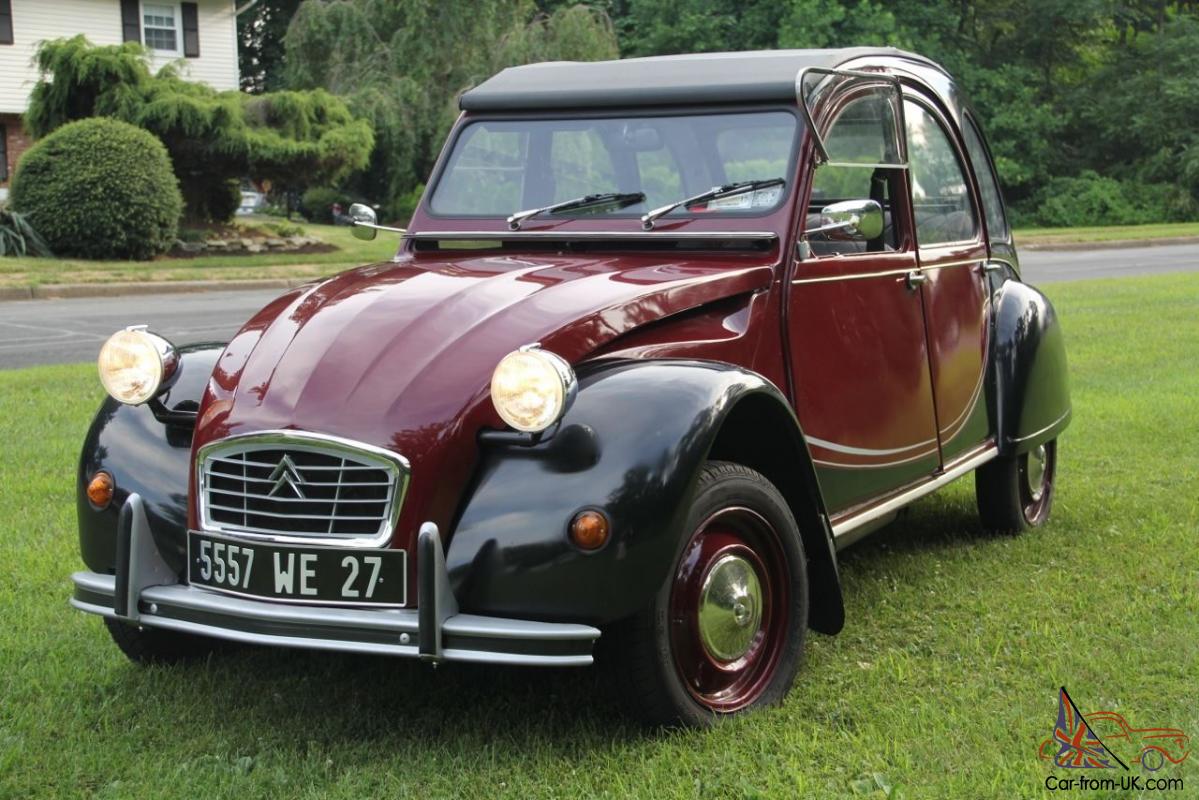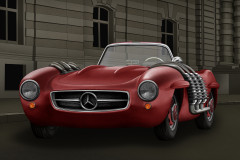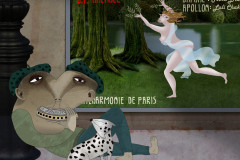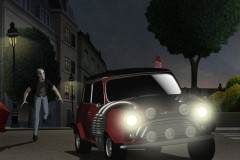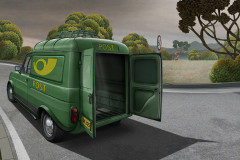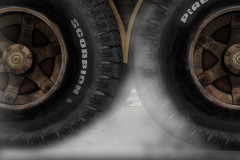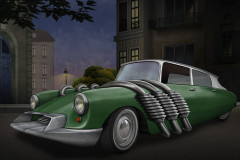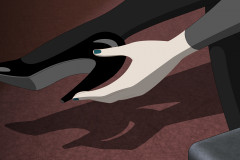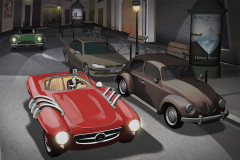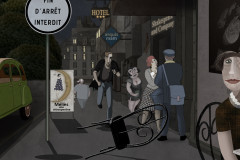Nem sokkal azután, hogy a Volkswagen Bogár megszületett Németországban, a francia autóipar is kitermelt egy nagyon kicsi autót. Ez volt a Citroën 2CV. A francia Citroën autógyár egyik legnagyobb sikerű modelljét több mint 40 éven keresztül gyártották. A hivatalos 2CV rövidítés a „deux chevaux" („két ló”) kifejezésből jön, de a kocsi ismert beceneve egy másik állatra utal. Ő a Kacsa!
A Citroën Kacsa esetében a gombhoz készült a kabát, azaz a kerékhez az autó. Édouard Michelin, az ismert gumigyár alapítója 1935-ben azzal bízta meg a fiát, hogy találjanak ki egy kocsit, amit kispénzű vidéki emberek is meg tudnak venni. Az üzleti ötlet mögött volt még egy üzleti ötlet: ha növekszik az autótulajdonosok száma, akkor Michelin-abroncsokból is több fog fogyni. (Ne feledjük: a kocsi akkoriban még majdnem luxuscikknek számított.) Édouard Michelin pontosan megszabta a feladatot: elsőkerék-meghajtás, két henger, négy személy és 50 kiló burgonya. Ennyit kellett elbírnia a kocsinak. Ne fogyasszon sokat, legyen könnyű vezetni, és nézzen ki jól. És úgy lehessen végigzötyögni vele a szántóföldön, hogy a kosárban lévő tojás ne törjön össze.
A kicsi kocsi első prototípusa csak 1939-ben készült el. A tervezésben az akkori cégvezető, Pierre Boulanger, André Lefebvre konstruktőr és Flaminio Bertoni karosszériatervező ötletei voltak meghatározóak. A 60 km/órás végsebességre alkalmas kis motor csak kis súlyt bírt elcipelni, úgyhogy a tervezők olyan erős, de könnyű anyagokkal dolgoztak, amelyek a repülőgépekhez is használatosak. Még az is felmerült bennük, hogy berántós legyen a motor, mint a fűnyíróké, de ez nem tűnt túl nőbarát ötletnek.
A projekt a világháború miatt megszakadt, bár a háború alatt titokban tovább kísérleteztek. Az 1948-as párizsi Autószalonon nem fogadta egyöntetű kritikusi lelkesedés az autó bemutatását, de annál nagyobb kíváncsiság támadt az emberekben: egész nap kígyóztak a sorok a szürke, vitorlavászon-tetejű kocsi előtt. És lassan, de biztosan megtetszett mindenkinek. A Kacsa gyártása 1949-ben indult be, és 1990-ig összesen kb. 5 millió darab készült belőle. Híres beceneve a kedveskedve használt „rút kiskacsa” kifejezésből jött. De a vászontetejű miniautót „négykerekű esernyőként” is emlegették.
Citroën 2CV ("The Duck")
Not long after the Volkswagen Beetle was born in Germany, the French auto industry introduced its own tiny car: the Citroën 2CV. One of Citroën’s most successful models, it was produced for over 40 years. The official name, 2CV, stands for deux chevaux ("two horsepower"), but its beloved nickname comes from another animal—this is the Duck.
In the case of the Citroën Duck, the "coat was made for the button"—or rather, the car was designed around the tire. In 1935, Édouard Michelin, founder of the famous tire company, tasked his son with developing a car that rural, working-class people could afford. Behind this business idea was another: more car owners would mean more Michelin tires sold. (At the time, cars were still near-luxury items.) Michelin’s brief was clear: front-wheel drive, two cylinders, room for four people and 50 kilos of potatoes. The car had to be fuel-efficient, easy to drive, and look decent. And it had to be able to rattle across a plowed field without breaking the eggs in a basket on the seat.
The first prototype of the little car wasn’t ready until 1939. The design was shaped by then-CEO Pierre Boulanger, engineer André Lefebvre, and body designer Flaminio Bertoni. The small engine could manage just 60 km/h and only carry a light load, so the team used strong but lightweight materials—some borrowed from aircraft design. At one point, they even considered a pull-start engine like a lawnmower’s, but that didn’t seem very women-friendly.
The project was interrupted by World War II, although secret development continued throughout the war. When the 2CV debuted at the 1948 Paris Motor Show, critics weren’t exactly enthusiastic—but the public was curious: long lines formed around the gray, canvas-roofed car. Slowly but surely, it won everyone over. Production began in 1949, and by the time it ended in 1990, nearly 5 million units had been made.
Its famous nickname, "The Duck," came from the affectionate French term le vilain petit canard—the ugly duckling. But the soft-topped mini car was also nicknamed "the four-wheeled umbrella," thanks to its lightweight design and flexible, utilitarian nature.






